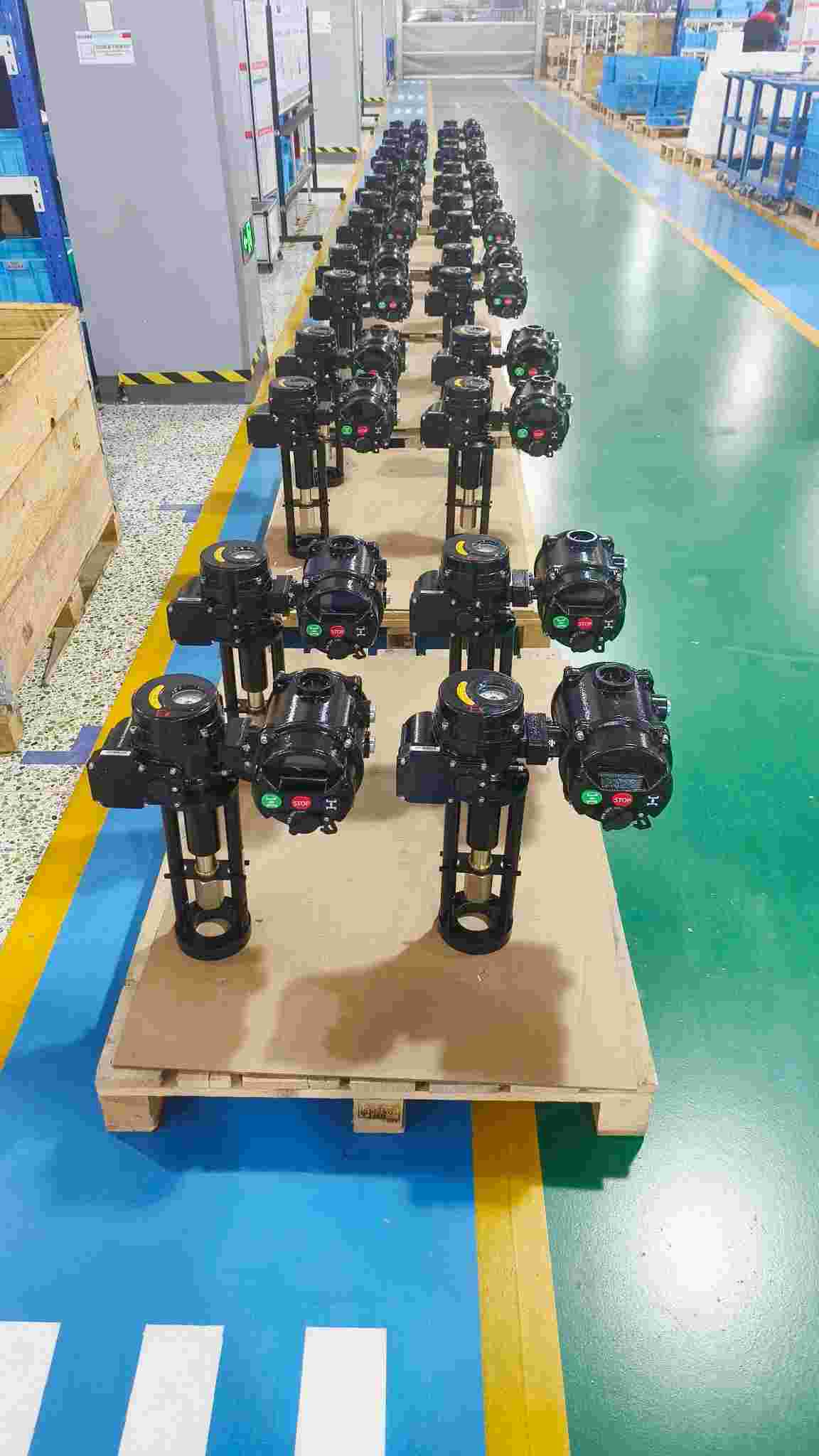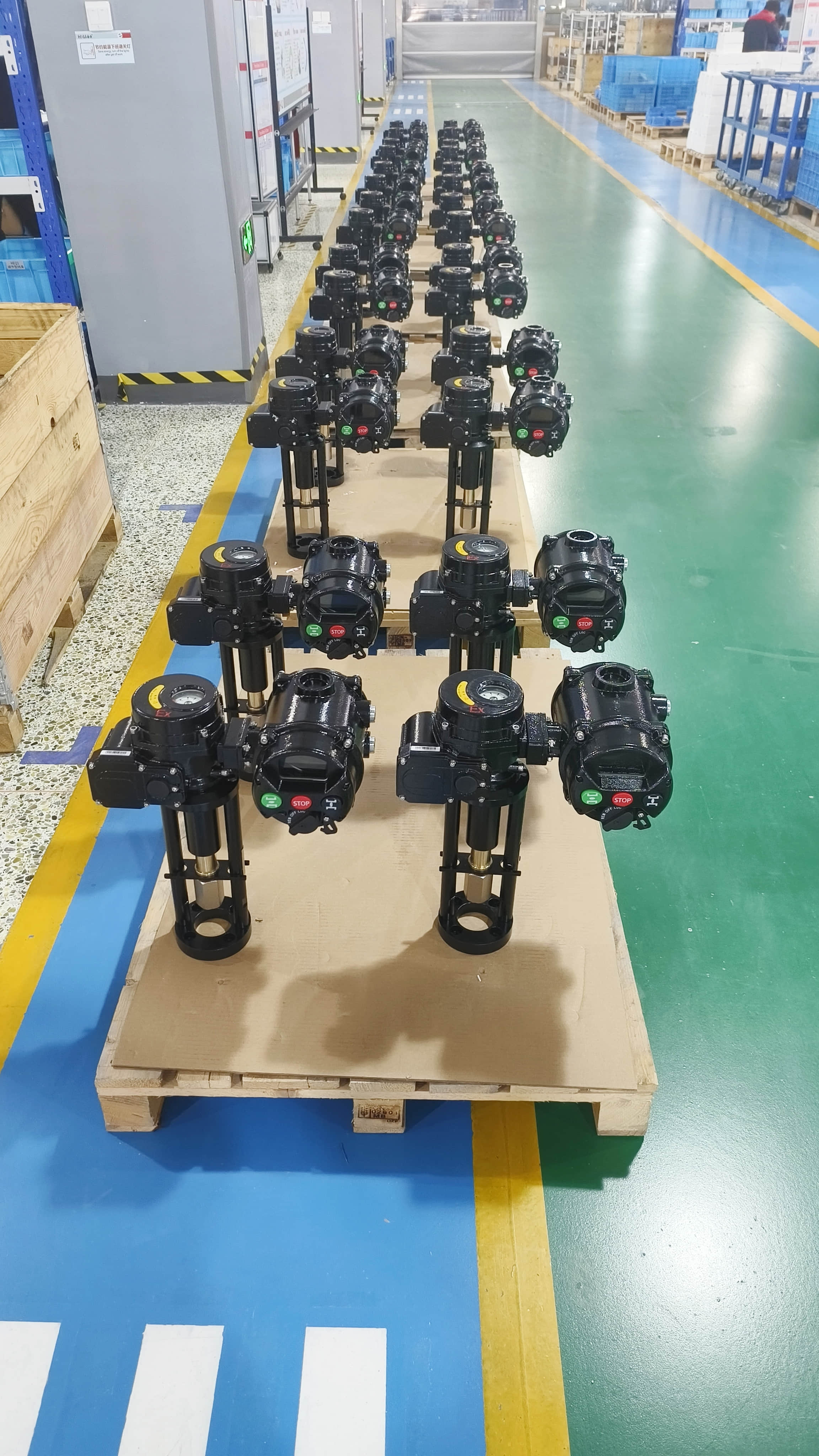
In the world of robotics and automation, the demand for more efficient, precise, and adaptable systems continues to rise. One of the key innovations in this field is the development of the intelligent integrated actuator (IIA), a groundbreaking technology that combines the functionality of traditional actuators with advanced intelligence to enable enhanced performance in various applications. This article delves into the concept of intelligent integrated actuators, their features, benefits, and the wide range of possibilities they bring to industries such as robotics, automation, and medical devices.
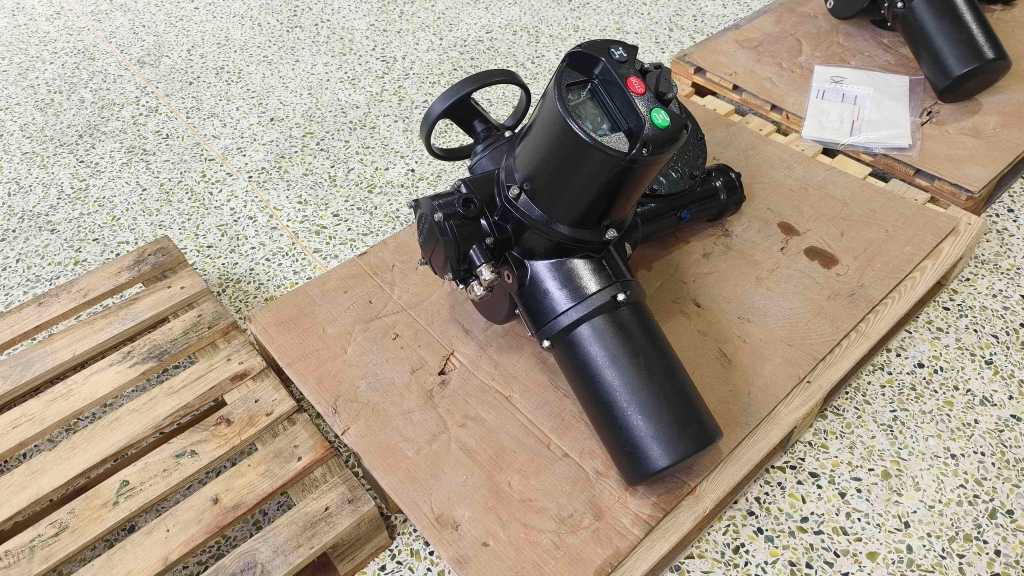
What is an Intelligent Integrated Actuator?

An intelligent integrated actuator is a type of actuator that goes beyond the conventional roles of providing mechanical movement. Traditional actuators, such as electric motors, hydraulic pistons, and pneumatic cylinders, are designed to convert energy into motion. However, the intelligent integrated actuator not only provides motion but also integrates sensors, control systems, and decision-making capabilities within a single unit. These actuators are capable of processing data, adjusting their behavior based on external inputs, and performing complex tasks autonomously or in collaboration with other system components.
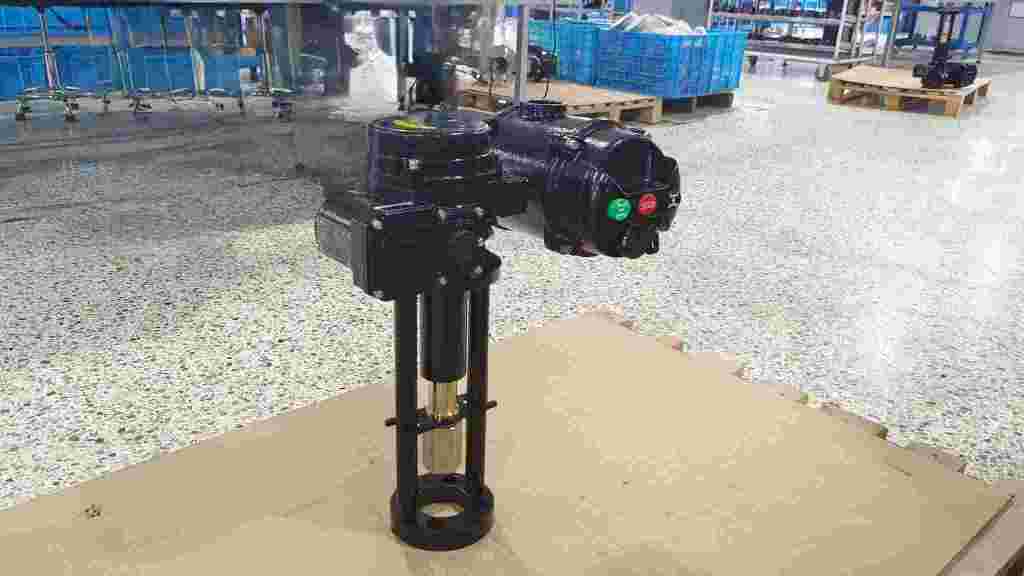
The integration of sensors, control systems, and communication interfaces into the actuator allows it to respond dynamically to its environment, making it smarter and more versatile than traditional actuators. In this way, the intelligent integrated actuator represents a significant advancement in the field of mechatronics, combining mechanical, electrical, and software engineering into a single cohesive unit.
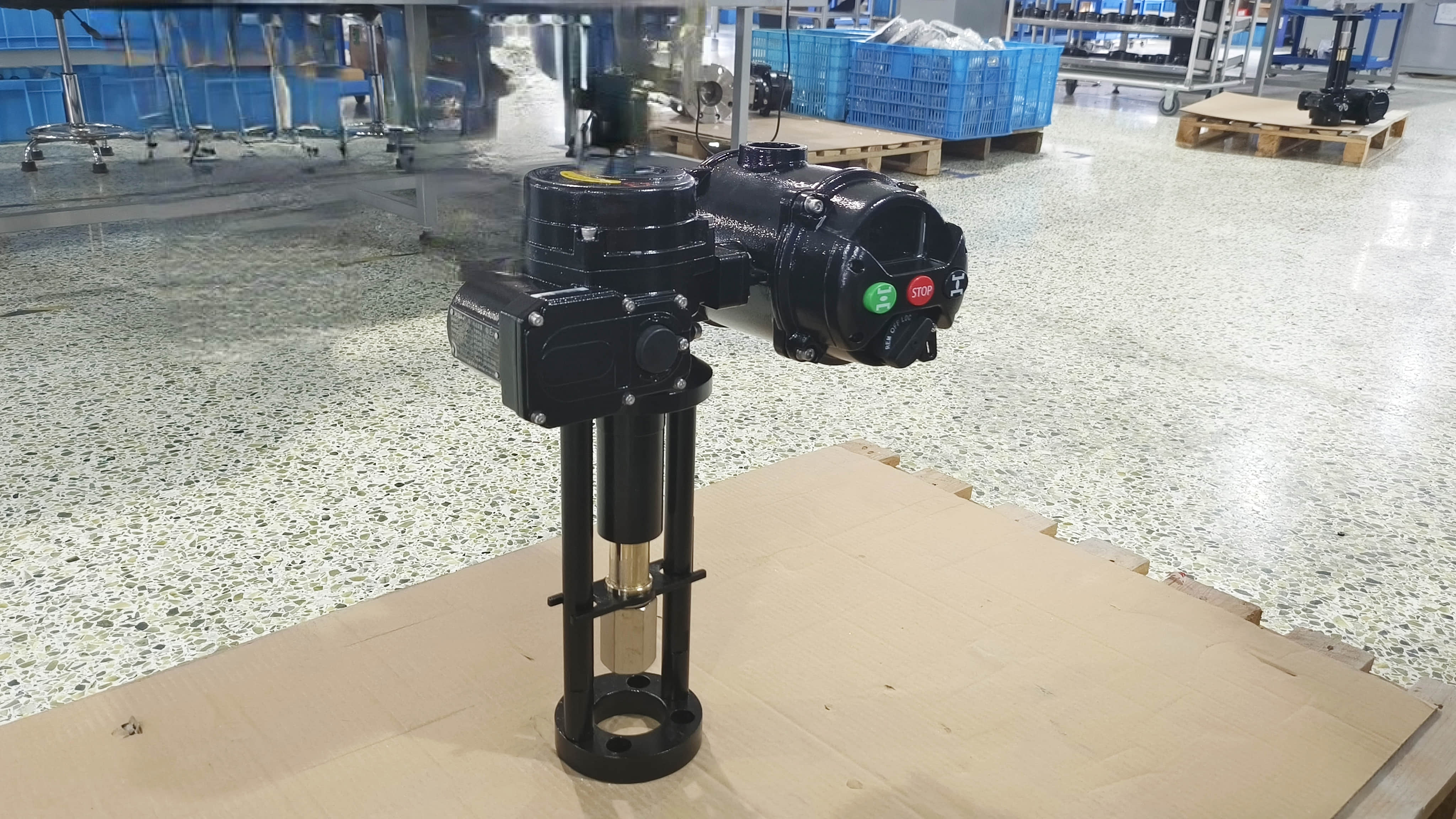
Key Features and Components
